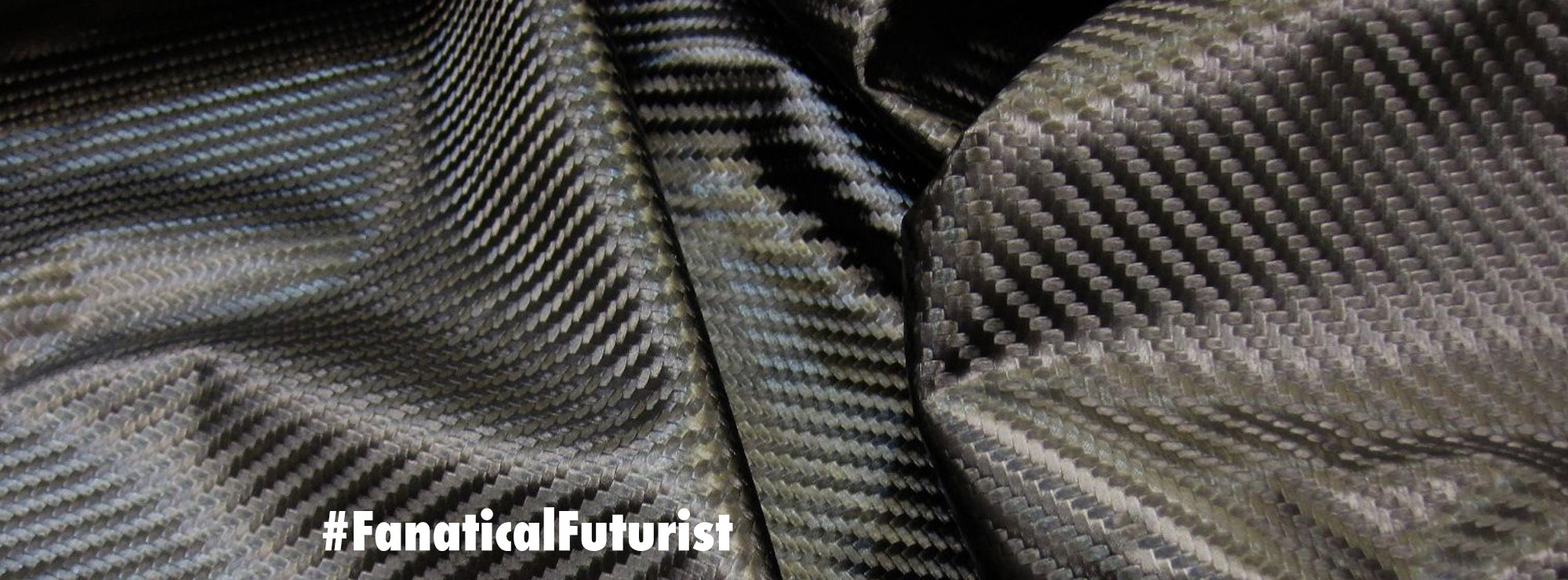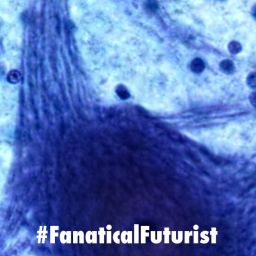WHY THIS MATTERS IN BRIEF
China also wants to connect the world – with its own version of Starlink – and the competition’s heating up.
 Love the Exponential Future? Join our XPotential Community, future proof yourself with courses from XPotential University, read about exponential tech and trends, connect, watch a keynote, or browse my blog.
Love the Exponential Future? Join our XPotential Community, future proof yourself with courses from XPotential University, read about exponential tech and trends, connect, watch a keynote, or browse my blog.
As Elon Musk’s StarLink communications constellation ramps up and looks ahead to launching it’s Gen 3 satellites with a whopping 1 Tb speed Chinese scientists have reportedly achieved a 1 Gigabit per second (Gbps) data transmission from a geostationary satellite to Earth using just a 2-watt laser. The South China Morning Post (SCMP) reported that this speed is “five times faster than Starlink” – or at least their current Gen 2 satellite offering.
Starlink, SpaceX’s satellite internet service, operates from 341 miles (550 kilometers) above Earth. Starlink’s top speeds typically reach only a few Mbps.
The primary challenge in satellite laser downlinks is atmospheric turbulence, which distorts and weakens signals. To address this, the researchers developed a novel “AO-MDR synergy” method. This technique combines Adaptive Optics (AO) to sharpen distorted light and Mode Diversity Reception (MDR) to capture scattered signals.
The development comes from Professor Wu Jian of Peking University of Posts and Telecommunications and Liu Chao from the Chinese Academy of Sciences.
Earlier efforts tried to counter this using techniques like AO and MDR alone. In this new work, they have proposed AO-MDR Synergy. The team states that their method successfully avoids a drop in communication quality, even when signal power is very low.
They put their theory to the test at the Lijiang Observatory in southwest China.
Using a 1.8-meter (5.9 feet) telescope, the team focused on an unnamed satellite orbiting a staggering 36,705 kilometers (22807 miles) away from Earth’s surface.
The telescope is equipped with a high-tech array of 357 tiny, individually controllable micro-mirrors. These micro-mirrors are part of an adaptive optics system. The purpose of these mirrors is to actively reshape and correct the incoming laser light that has been distorted by atmospheric turbulence.
The light, after it has been corrected by the micro-mirrors, is then processed to extract the most reliable data. Thereafter, the light goes into a multi-mode fiber, which splits into eight base-mode channels by a multi-plane converter (MPLC). The next step is to determine which of these channels carries the most reliable and strongest signal. This is where the “path-picking” algorithm comes in.
The algorithm analyzes the signal strength and quality of each of the 8 base-mode channels in real-time. It then identifies the three strongest and most coherent signals among these 8 channels. And the results were impressive – the researchers saw a notable increase in signal strength. The researchers meticulously documented that the enhanced signal strength was not a fluke. It was validated repeatedly through “multiple experimental verifications.”
Reportedly, a key benefit of this method is its reduction in errors during data transmission. This is directly reflected by the increase in the “chance of usable signals,” which soared from 72 percent to an impressive 91.1 percent.
The improvement is important for the transmission of high-value data, where even small errors can have major consequences. For instance, in applications like beaming an HD movie, a higher percentage of usable signals means fewer dropped frames, less pixelation, and a smoother, more reliable viewing experience.
The standard radio frequency communication is reaching bandwidth limitations.
In contrast, laser communication provides a far wider bandwidth for faster and efficient data transmission. It could offer benefits like quicker downloads and seamless high-definition streaming.
In January SCMP reported that China achieved a 100 gigabit per second data transmission rate in satellite-to-ground laser communication. This marked a tenfold increase over their previous record.
The new findings were published in the journal Acta Optica Sinica.















